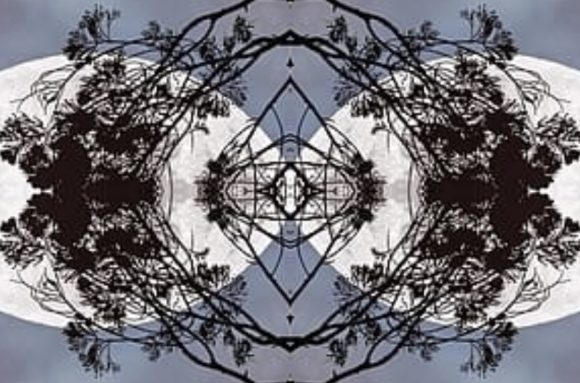In a recent post, I presented an imaginary scenario and used it to illustrate the difference between “image” and “frame”. I also claimed that an image such as the one I presented might appear not only in an episode of deliberate imagination, but also in dreams or works of fiction — such as a novel or movie. Let’s follow up on this claim a little.

1. The way I introduced my example of an image was in the form of an imaginative project, as Wollheim sometimes calls it (see TL 72ff.). These are often explicitly induced: I might start my presentation with a phrase like “imagine the following…”, and if you follow the suggestion, that is precisely what you would do — you imagine (or better: re-imagine) the presented content. But an imaginative project may equally begin with an intention you form silently, as in Wollheim’s own example: you were just reading a book, but then you put it by the side, close your eyes, and visualize the scene about which you just learned.
Either way, this would be an active form of imagination; but we should not confuse it with what Jung called by that term, “active imagination”. Jung meant this as a specific technique, and it is different in that the content or “text” of the image is not formulated in advance, but rather supposed to arise autonomously. And that’s the whole point: in active imagination, you might thus learn something about your unconscious psychology, and by experiencing the images, move along the path of individuation (self-development). In this respect, it is rather like dreaming or day-dreaming, albeit a little more controlled.
2. A fictional image, on the other hand, is more similar to the imaginative project. In fact, one might argue that any novel or movie has the suggestion “imagine the following…” built-in as its core presupposition. What is involved in becoming a reader or an audience member vis-a-vis any form of fiction is precisely that: one follows the suggestion to “imagine the following…” (i.e. to imagine what the novel or movie presents).
But with fictional images, there is a marked difference in presentation. Their “text” is generally carefully crafted: more artfully, and more developed towards aesthetic and dramatic effects. It’s that artfulness where the main distinction between a fictional image and an ordinary day-dreaming fantasy is found.
(Perhaps here lies one reason why there is such a temptation to “psychoanalyze” authors of certain fictions, such as Hoffmann or Kafka, in a way as if their fictional works were actually dreams presented in therapy sessions — seeking “explanations” in their personal life, relationships etc. The temptation arises because the material — the rich imagery — is there, and in some ways ideally suited to the analytic techniques one has learned to apply. But there is an ethical question mark here as well, since the authors have of course published the material as fiction and not as material documenting personal self-expression, and they have generally neither asked for nor consented to therapeutic advice. We might study the images of fiction out of interest in their aesthetic effect; or as an expression of the collective psyche; or even, as in the case of this post, as an interesting special class of imagery that may have specific properties compared to other classes of imagery. But we have no business offering unwanted therapy to long-dead writers.)



